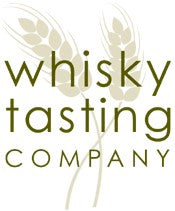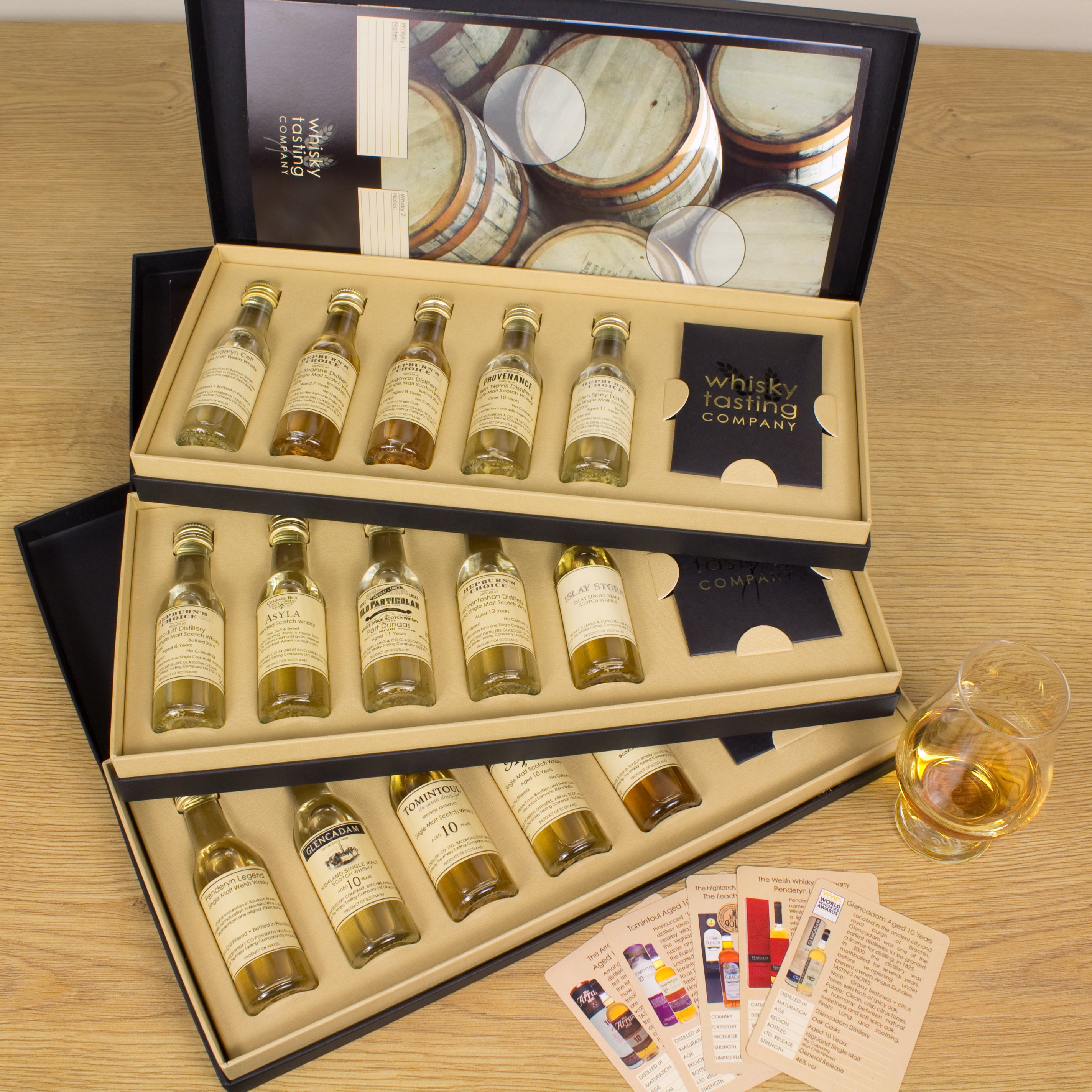What is Rye Whisky: A Beginner’s Guide
If you’re new to the world of whisky, you may not be too familiar with Rye Whisky (or you’re itching to learn more!)
With its rich history and distinctive spicy profile, Rye Whisky is beloved within the whisky community. Its depth appeals to both novices and connoisseurs, with layered flavours and rich notes.
In this blog, we’ll explore the background and characteristics of Rye Whisky in more detail so you can brush up on your knowledge; you’ll be an expert soon enough!
Understanding Rye Whisky
What is Rye Whisky?
Rye whisky is a type of whisky that is made from rye grains, providing its signature taste.
This type of whisky has gained a significant following in the United States and Canada throughout the years. However, for whisky to be legally classified as rye, it must contain at least 51% rye grain in its mash bill.
Other grains commonly included are malted barley or corn. This is often referred to as having a spicy and shaper kick.
Historical Background
Rye whisky was first introduced in the 17th and 18th centuries and was brought over to America by European settlers.
Many of these settlers were of Scottish and Irish descent, bringing new knowledge of distilling methods. However, the barley used to make their whisky didn't grow well in the New York climate, so rye was used as a substitute.
By the 18th century, rye whisky became a popular local beverage, especially in Pennsylvania and Maryland. During the American Revolution, it became a symbol of independence, claiming it as an American spirit.
As tensions grew against Britain, imports were slowed down, and the locals had to depend on locally produced spirits, such as rye whisky. Thus, its popularity drastically improved.
Exploring Rye Whisky Flavors: What to Expect
Classic Rye Whisky Tasting Notes
Rye Whisky is known as having a bold and spicy flavour profile, with these notes commonly popping up:
- Pepper & spice: Like cinnamon or black pepper, the majority of rye whiskies have a strong peppery or spicy flavour.
- Subtle fruitiness and sweetness: Rye whisky frequently has notes of apple, pear, or dried fruits, which offer a depth of richness even if it isn't as sweet as bourbon.
- Herbal undertones: Some rye whiskies also include herbal undertones, such as dill or mint, which add a cool and refreshing element.
- Oak and vanilla: When aged in charred oak barrels, Rye's strong personality can be rounded out by absorbing vanilla, caramel, and toasted oak flavours.
Rye has a fuller mouthfeel than other whiskies and is typically described as having a slightly drier texture. Due to ageing, some rye whiskies may feel slightly creamy, while others may retain a rougher texture.
Types of Rye Whisky
The United States and Canada are both famous for Rye whisky. However, each country offers its own unique variation.
American Rye Whisky has a consistently bold and spicy profile. It typically produces straight rye, and all rye whisky sold here follows the 51% grain rule.
On the other hand, Canadian Rye has a noticeable rye flavour, and brands sold here often use less than 51% rye in their production.
The three types of whisky are as follows:
- Straight rye: It is made with at least 51% rye and matured for at least two years. Straight rye tends to have a strong and pure flavour, perfect for sipping neat.
- Bottled in bond rye: Crafted in accordance with stringent quality standards and aged for four years. This is known for its smoothness and depth.
- Blended rye: A lighter profile made from rye and other grains. This is often used in cocktails.
Rye Whisky Production Process
The whisky production process contains seven stages, each adding layers of complexity to the final product.
We’ve summarised each one below for an easy understanding of this process:
- Grain selection and milling: The rye grains are collected (adhering to the 51% rule) and are then milled into a coarse powder. This breaks down the kernels to release starches for mashing.
- Mashing: When hot water is added to the milled rye, enzymes are activated, converting the starches in the grain into sugars that can be fermented. This creates wort, a sweet liquid that will support fermentation.
- Fermentation: Adding yeast to the wort transforms the carbohydrates into alcohol and creates flavour compounds that enhance the whisky's characteristics. Depending on the yeast strain and fermentation duration, this can provide fruity, floral, or herbal aromas that go well with rye's distinctive spice.
- Distillation: The alcohol is purified and concentrated by distilling the fermenting liquid, often known as the "wash," in pot or column stills. This separates the alcohol and desirable flavour compounds from water and impurities, refining the spirit.
- Ageing in charred oak barrels: New charred oak barrels hold the distilled liquor, adding tastes like caramel, vanilla, and toasted wood. Over time, the wood compounds are absorbed by the whisky, giving it an amber colour and a deeper flavour. Longer ageing will result in a richer, smoother profile with mellowed spice.
- Blending and bottling: After ageing, some distilleries blend multiple barrels to ensure a consistent flavour profile, while others may choose to bottle at “cask strength” for a more intense flavour. The whisky is usually diluted to the required alcohol strength prior to bottling.
Discover the Perfect Whisky Tasting Experience
If you’re new to the world of whisky, why not try out various flavours and types of whisky today with our luxurious whisky-tasting sets?
You can choose from whiskies all across the world, from Japanese whisky to old and rare Scotch whisky. Take your palette on a journey, all from the comfort of your home. Or, you can pass this gift on to a loved one with our birthday whisky sets!




